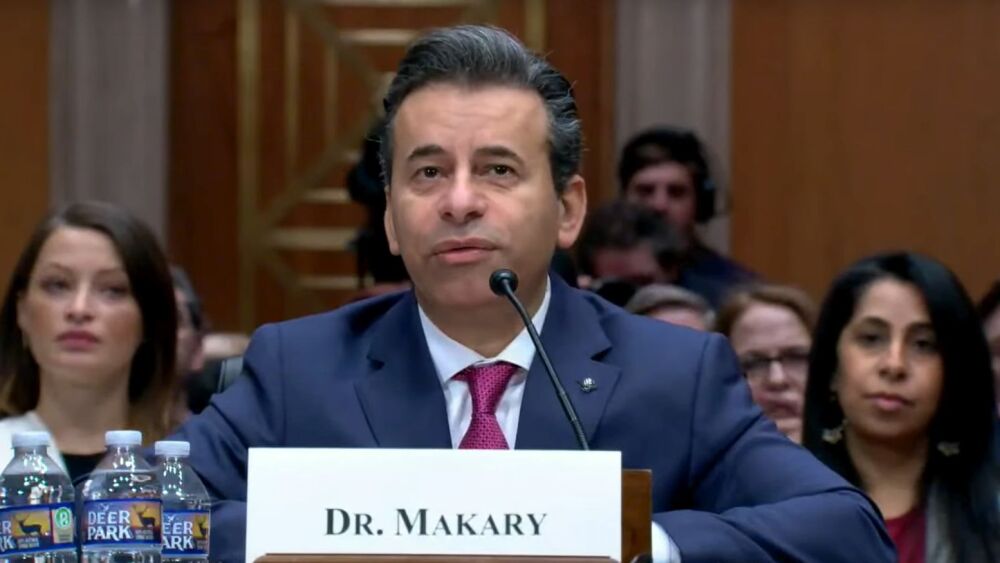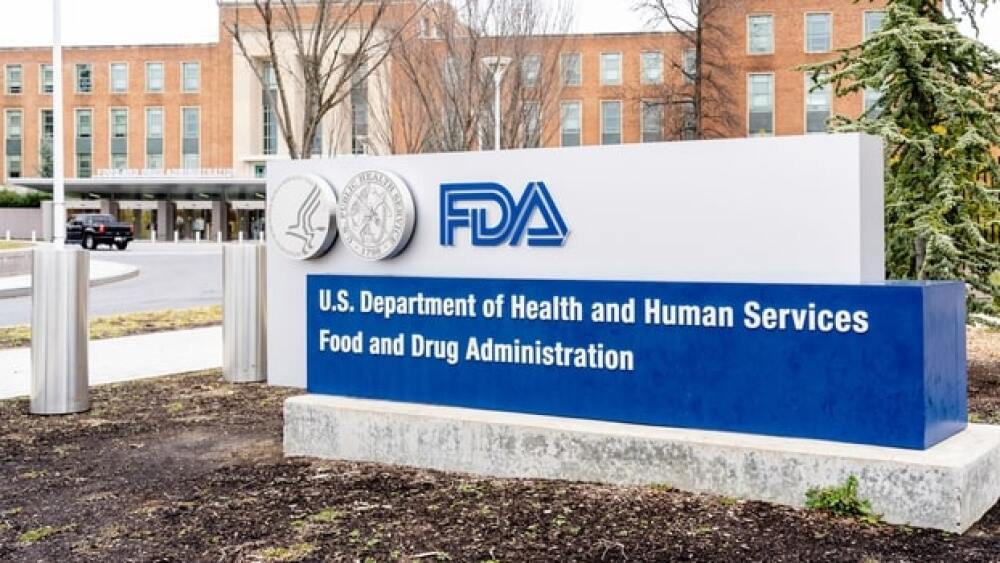Drug development can be done better, faster and less expensively. The industry is facing up to that reality, moving a variety of disruptive innovations forward with the blessing of regulators.
Akintunde (Tunde) Bello/courtesy of Bristol-Myers Squibb
Drug development can be done better, faster and less expensively. The speed of COVID-19 mRNA vaccine development proved it. Now, the industry is facing up to that reality, moving a variety of disruptive innovations forward with the blessing of regulators.
Bristol-Myers Squibb has been on this track for some time. The biopharma leader is using quantitative systems pharmacology and pharmacometrics to provide statistical, mathematical approaches to model not only the data but diseases and their cellular interaction pathways. “Basically, we’re developing disease models in silico,” Akintunde (Tunde) Bello, VP of clinical pharmacology and pharmacometrics at BMS told BioSpace.
These are far more comprehensive than the in silico models of the past. “We work on matrix teams,” he said, explaining that this is where individuals work in complex environments and report to both project and functional managers. Therefore, although the work is computer-based and database driven, the team includes some members from the drug development team, such as clinicians, biostatisticians and drug supply scientists.
Fewer Trials and Patients Required
“The work we do provides insights and information that you normally would have gotten by running a clinical trial,” Bello explained. This is done by “utilizing clinical data and the literature to develop models and approaches that inform the drug development teams, and oftentimes streamline and optimize the way we do development.” Consequently, fewer clinical trials need to be conducted and fewer patients need to be enrolled for drug developers to get the answers they need.
“The Holy Grail is to move to the point where in silico models can identify targets for development and inform the experiments before we get to the clinic,” Bello said. At that point, it may be possible for these models to identify which experiments should be conducted to determine the assets and targets to take forward into development.
“Some aspects of modeling have become widespread, such as population pharmacokinetics and pharmacodynamics analyses and exposure response rate analyses,” he continued. “The mathematical and statistical models provide additional insights beyond those indicated by the clinical endpoints in terms of how the drug is behaving, important co-variates of the patient or disease that determine response and special populations for which you may need a different approach.” This could include pediatrics, or patients with specific organ impairments.
“What is nascent is quantitative systems pharmacology (QSP) mechanistic modeling,” Bello said. This form of modeling is coming to the fore now to inform decision-making and, therefore, reduce the development pipeline and timeline.
The FDA has Bought In
BMS has consulted with the FDA in terms of how to utilize these new QSP modeling approaches, Bello shared. Factors include “what the FDA needs to understand and the level of rigor required for a good QSP model to be useful.” He noted that several of BMS’s corporate partners also are developing QSP capabilities.
“The FDA and other regulators are really interested in hearing about these approaches and having a dialogue about how to employ them, and the level of rigor needed for them to feel confident in the readouts. The FDA is really good about encouraging companies to come and discuss their plans and approaches,” he emphasized. During the past two years, the regulator has hosted several workshops regarding QSP and other methods to optimize and streamline workflows, reduce timelines and increase the probability of success.
The benefits of QSP vary depending upon factors that include the project and its stage of development. “It’s sometimes hard to quantify,” Bello said, “but it clearly has an impact. We have examples across different therapeutic areas and drug modalities where we have used this modeling approach to streamline decision-making, giving us more confidence in whether an asset should be progressed and what doses should be assessed.
“Without this approach, trials could be much bigger and take much longer because you’re kind of shooting in the dark. These modeling approaches focus you on where you need to be working.”
Balancing Risk with Caution
People in the biopharma industry are, by their very natures, risk-takers, Bello said, but there are very structured, regulatory-approved methods that must be followed. The challenge, he continued, is how to speed and optimize drug development to meet unmet needs sooner.
In the just-released book, The Messenger, author and Wall Street Journal reporter Peter Loftus comments on the challenge of innovating in a highly regulated industry. He recounts Moderna president Stephen Hoge’s efforts to help his scientists envision future success, saying this “must have shocked many of them who had lived in perpetual fear of failure and being told they weren’t moving fast enough.”
Perhaps, as Maik Jornitz, CEO of G-CON Manufacturing, pointed out in the Biopharma Trends Leaders Report 2022, “The biggest challenge is the industry itself – and beliefs that the old and the inefficient are better than the new and the innovative. Radical changes in the thought and action of the industry only happen when they are absolutely necessary, or when early adopters prove the gains in efficiency are so outstanding that these early adopters become major competitors.”
Looking forward, “We’re going to see an increase in the utilization of model-based drug development because of the value they bring. Will we get to a stage where everything can be done in silico?” Bello asked. It’s possible, but that is in the far-distant future, because of the immense understanding required of all the biological and chemical systems and interactions within the human body. “That’s a ‘DeepMind’ type of effort,” he said, that aggregates advances in multiple disciplines to accelerate and accentuate the value computer science brings to real-world scientific challenges.
The Value of Decentralized Trials
Until that day, randomized clinical trials may remain the gold standard. But there are ways to increase their efficiency. As Simon Tilley, product management lead for health & life sciences at SAS, told BioSpace, “The pandemic accelerated the collision of two disciplines – clinical trials and wearables. [This brought] decentralized clinical trials (DCTs) into the mainstream and [enabled] study protocols to operate on patient cohorts without the need for patients to attend the study sites as often. DCTs present opportunities away from relatively short physician visits to capture a continuous stream of measurements wherever patients happen to be.
“As we embrace DCTs, we will have an ever-increasing opportunity to involve and engage more distributed patient populations…including patients who previously had been excluded,” Tilley continued. “It will enable the delivery of trial populations that better match the drug target populations, will marginalize social factors and support health equity…thus delivering better health care to more people.”
The events of the past two and a half years have shown that technologies are ready, regulators are willing and the biopharma ecosystem is able to operate better and faster at all levels – from discovery through approval – to bring innovative therapies to fruition.






